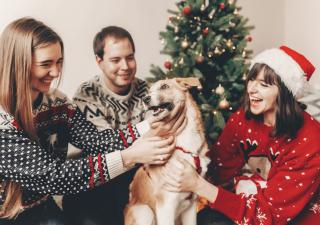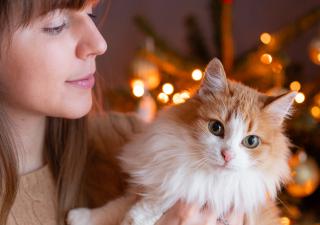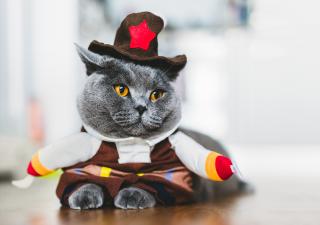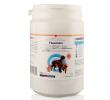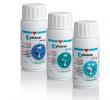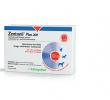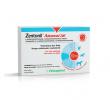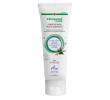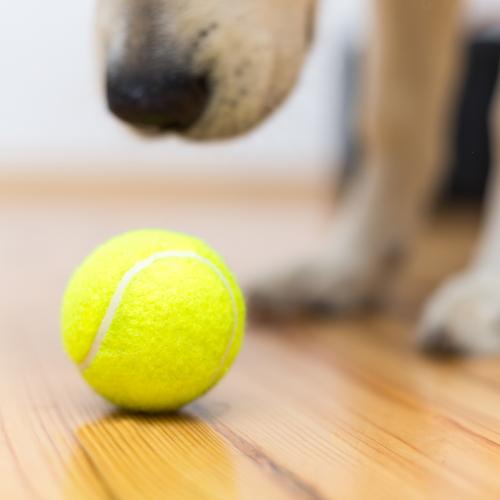
Everybody knows that puppies are full of energy and often tend to get into mischief. While your puppy does need to expend energy, it is very important to choose activities that will prevent injuries and certain joint problems.
Bone growth
A puppy’s bones and muscles need to be properly formed before they can sustain significant shock or stress during physical activity. In fact, growth plates do not close until the age of 24 months in large-breed dogs. These plates are softer areas that sit at the end of long bones and allow the bones to grow. When dogs reach puberty, the growth plates harden through calcification. Exercise that is too intense or repeated shock sustained before the growth plates close may cause microfractures, or even early closure of the plates. This can lead to bone or joint deformities and consequently long-term problems. A puppy’s muscles need to be well developed before it engages in intense activity so that its body can sustain the shock.
Activities that you should and should not do with your puppy
We often wonder which activities are good for an energetic dog. It is simple. High-impact activities such as long runs (biking or jogging), jumping, fast-moving ball games, repeatedly going up and down stairs, canine sports (agility) and exercise training are all too intense and can be harmful to your puppy.
So what can we do? Physical activity should be short when puppies are very young, lasting 5–10 minutes at the beginning, with increases of about 5 minutes per month of age. Daily mental exercise (learning tricks such as “give me your paw,” “sit,” “down,” looking you in the eye, etc.) is very exhausting for your dog. Stopping for some quick playtime every now and then is a good idea. Interactive games with food will stimulate your puppy’s learning and curiosity. You may start introducing your puppy to canine sports such as agility, scent training or exercise training, but stay away from any jumping or running. Instead, make your puppy discover new textures, soft or unstable surfaces, or even scents, but always as a game and over short periods. This way, your puppy will be better prepared for physical exercise when the time comes. This type of activity helps the muscles grow without any risk of injury. Your puppy may also enjoy swimming, but only if he is willing to do so and only over small periods. Ball games are not out of the question, but you need to roll the ball directly on the ground over short distances rather than throwing it far away. Roll the ball only a few times, even if your furry friend wants you to continue (if he does, get him interested in another activity). If your puppy wants to run around in the backyard or at the park, then let him have his fun. Essentially, what you need to avoid is forcing your puppy to engage in intense exercise (throwing the ball far away), keeping a difficult pace (running next to a bike), or absorbing repeated stress (jumping).
Unfortunately, despite all the preventive measures that you put in place for your puppy, some congenital conditions (such as hip dysplasia or patellar luxation) may still occur. This means that your dog was born with an abnormality, which may only emerge as an adult. However, by starting off with the right pointers, you can ensure your puppy is well, both mentally and physically.
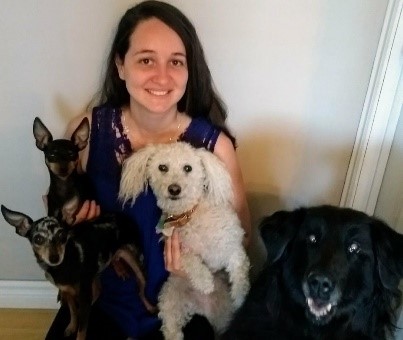
Tips & Tricks
- Here are some tips to ensure your guests know how to interact with your dog during the Holiday season.
- Here are some tips to ensure a more pleasant stay for your friends and family with cat allergies.
- Do you know what pet insurance can cover? Here’s how it works.
- Contrary to dogs, cats have a profound hatred of costumes. Here’s why.
Products
- Zentonil®, to help support the cognitive function of aging pets, will help when your pet's liver is compromised…

